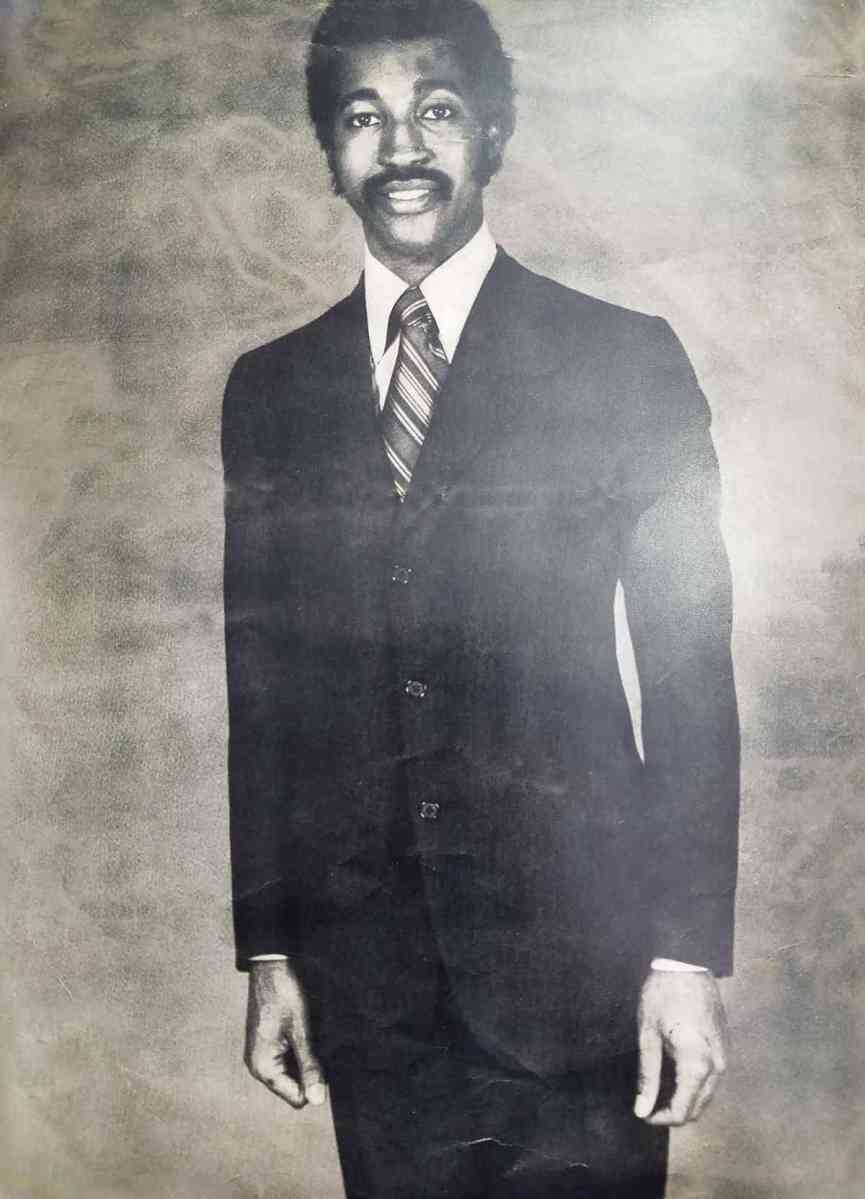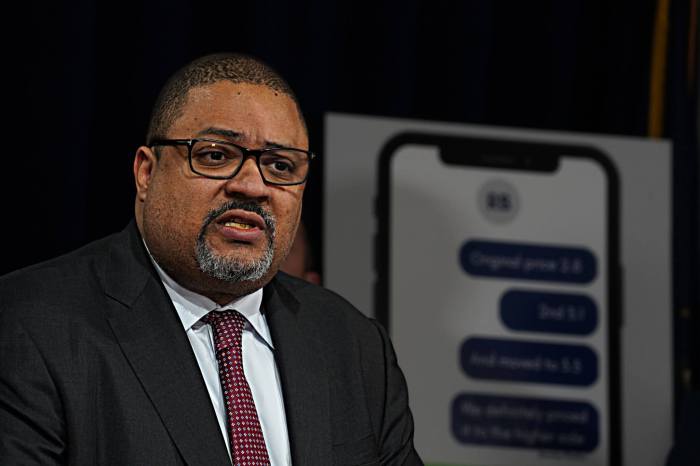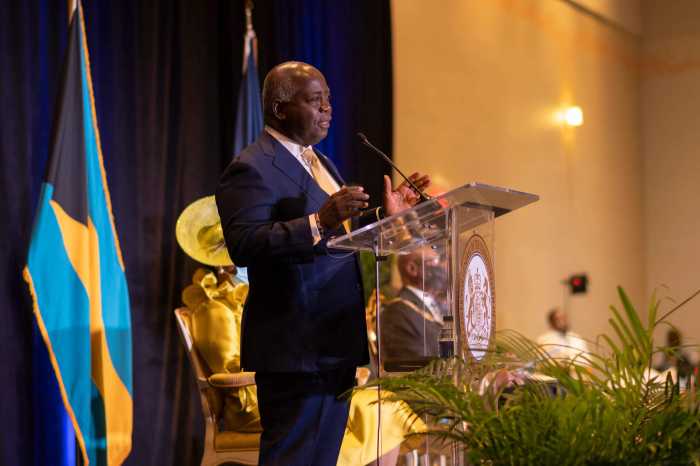The convicted killer of James Hawkins was sentenced to 25-years-to-life in the 1993 murder, with the judge in the case telling him that the extreme violence used in the killing warranted a maximum sentence.
“I find that the extensive brutality… leaves me no other option than to sentence you to the maximum, 25-years-to-life,” said Judge Melissa Jackson in Manhattan Supreme Court as a stoic Gordon Francis sat handcuffed in prison garb next to Eric Sears, his defense attorney.
Francis, 61, was working as an escort in 1993 and Hawkins was a regular client. He visited Hawkins’ West 20th Street apartment in Chelsea on August 15, 1993, where he stabbed Hawkins 25 times, with wounds to the victim’s lungs, his liver, and the sac that surrounds the heart. There were three to four liters of liquid and coagulated blood in Hawkins’ chest, indicating that he was alive for some time after the stabbing. Francis cut his hand during the attack and left a trail of his blood in the building’s stairway and on the inside of a door in the lobby.
The prosecution relied on the blood and DNA evidence, which unambiguously placed Francis in the building, the testimony of a neighbor who heard the struggle in Hawkins’ apartment and then heard one person exit the building, a Rikers Island inmate who said that Francis confessed to the killing, seven expert witnesses, and a statement he gave to police that was ambiguous, but could be understood to be a confession.
Francis’s first trial in 2014 ended in a mistrial after jury selection had begun, but before the trial itself began.
Francis took the stand in his own defense and said that a third person entered the apartment while he was there and stabbed him in the hand. When he fled the apartment, Hawkins was still alive and talking with the third man, Francis said.
On cross-examination by Coleen Balbert, the assistant district who prosecuted the case along with Annie Siegel, also an assistant district attorney, Francis could not explain why he did not go to the 10th precinct, which was directly across the street from Hawkins’ apartment building, why he sought medical attention in the Bronx where he was living instead of at a facility closer to Hawkins’ apartment, and why he had specific memories of that 1993 evening, but little else involving the case.
Balbert asked for the maximum sentence at the July 18 proceeding, saying that Francis had spent the 19 years prior to his 2012 arrest as a free man.
“He has absolutely no remorse for what he has done,” she said.
Balbert also called Francis’ trial testimony perjured.
“There was not a scintilla of evidence to support that anybody else was present,” Balbert said.
Only Francis’ and Hawkins’ blood was found at the crime scene.
Balbert read a letter to the court from Hawkins’ brother.
“I hope that God has mercy on your soul,” it read. “What you did to my brother was horrible.”
As he did during the trial, Francis maintained that he was an innocent man at his sentencing.
“I didn’t know him too long, but he was a good person,” Francis said. “I did not harm him… [The neighbor] saw the killer, I was not the killer… I’m innocent, the district attorney knows I’m innocent.”
The Manhattan District Attorney’s Office was confronted with several obstacles in bringing this cold case to trial. The original investigative file at the 10th precinct was lost. Several pieces of physical evidence were stored in an NYPD warehouse that was flooded by Hurricane Sandy. Police and federal Occupational Safety and Health Administration (OSHA) rules barred police from handling that evidence because it is tainted by toxic chemicals.


































